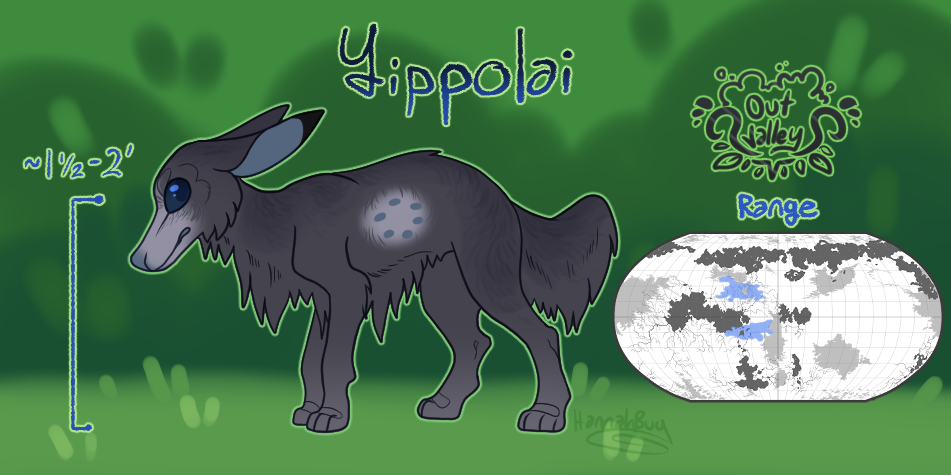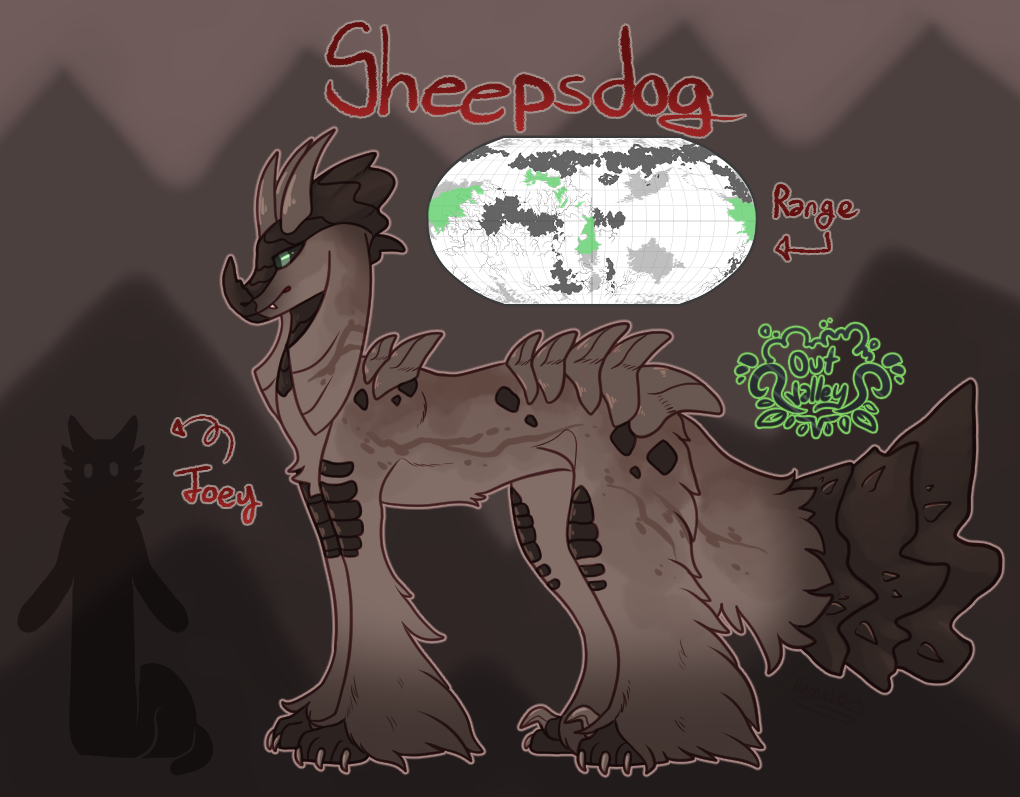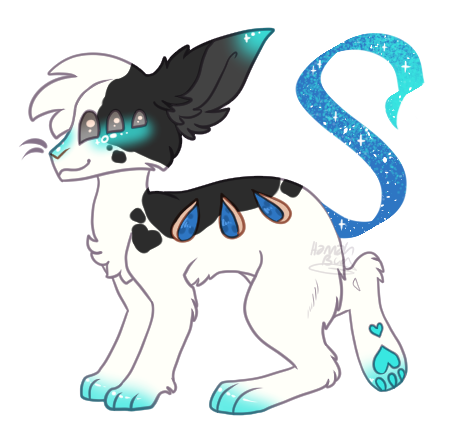 [Sweetie Pie] Plural: Sweetie Pies. Genders: Monogender. Young: N/A. Collection: Shop
[Sweetie Pie] Plural: Sweetie Pies. Genders: Monogender. Young: N/A. Collection: Shop
World: Susie. Range: ?. Temperament: Friendly. Diet: Optional herbivores
Shoulder Height: ~1-2". Weight: ~1-4 oz
(For reference, a standard deck of playing cards weighs 2 oz)
Sweetie Pies are a peculiar creature in that they're made, not born. Very rarely, if a dessert is made with a lot of love (or if Spoons has something to do with it), a Sweetie may crawl out of it! They will be fully grown adults when they do this - it seems to be impossible for these tiny animals to come in any other age. They only have one gender as opposed to two or more, so they're unable to reproduce by natural means. In fact, if a Sweetie wants to have a "child" of their own, they'll have to get cookin'! However, the urge to do this is quite rare among Sweeties. They're not genetically driven to create more of themselves, likely due to their spontaneous nature.
These bite-sized beasts have holes in their backs that vary in shape and seem to resemble those poked in a pie crust. Inside this/these specialized pocket(s) is what's referred to as a "syrup display". Sweeties have sweet, sugary syrup for blood. A designated amount of this syrup will be pumped into the display where it then sits, congeals, and, with the aid of a little magic, transmutes into a dessert itself! This usually resembles the treat the Sweetie was born from, but they may be little rebels and do something else instead (disclaimer: a Sweetie has no control over what their syrup display turns into). While a display can be eaten, it comes in such a small amount that it's basically pointless for kekin of average size to do so. However, if some of the display is lost, the Sweetie's body will be quick to replace it. They're able to congeal a missing, Sweetie-Pie-sized serving in about 24 hours.
Not all desserts are created equally! Some are way, way goopier than others. Messy-type Sweeties can and will slosh syrup/display from their pockets - there's nothing holding it in there. In these cases, a Sweetie's body will spend much more time regenerating its dessert. This typically results in a slower-moving, lazier animal as they attempt to preserve their energy while they create exorbitant amounts of syrup. Be sure to be gentle with messy Sweeties. Some specialized crafters, especially those who work with plastic, may be able to make lightweight display covers for these types of cases. Doing so is recommended, as it allows the animal to live a much more rambunctious, free lifestyle. However, it should be noted that gooey Sweeties are natural and can still lead fulfilling lives while sloshin' all over the place
Sweetie Pies have very squishy paw pads, as if they're filled with goop. They're not really - well, aside from the normal amount of syrup that goes in there - this is just do to their make-up! Their legs have a rodent-like orientation, allowing them to walk quadrupedal or stand bipedal. Bipedalism in Sweeties is usually reserved for scouting (eg. standing up to see things at a distance) and playing rather than long-form locomotion. Their skeleton and musculature isn't really made for walking all over the place, so they can look a little silly while they hobble along short distances. A constant blush covers the ears, nose, cheeks, and paws, sometimes appearing on other locations as well. This is due to the high syrup content within an animal - nearly twice as much as a typical creature of their size would have in blood! Why they keep this much syrup around isn't fully understood, but it's assumed to be a reserve in case of feral animals grabbing a Sweetie to eat their dessert - something that isn't that uncommon in the wild! In fact, Sweeties are much safer in domestic situations. One of the reasons they like keke so much is for their self-control and protection. And also because they are their creators and they're very full of love <3
With six, sparkling eyes, Sweeties often look too innocent for their own good. They have an excellent range of vision... sort of. Their eyes are incapable of rotating in their sockets, so each set is placed at a different angle. The front pair faces forward, middle pair faces sideways, and end pair faces behind the animal. This still leaves them with a much wider cone of vision than some creatures such as Snakekeys, but also gives them a couple glaring blind spots. Sweeties move around fairly quickly, though, so constant little head flicks typically keep things from sneaking up on them. Typically.
Speaking of things that sparkle, Sweetie Pies have long, flat, ribbon-like tails that are flexible, sticky, and often covered in shimmering glitter. While this glitter typically is a part of the tail and cannot be removed, there are some rare instances where this is not the case and an animal will leave itty bitty twinkles all over the place. Tails are fully prehensile and capable of supporting a Sweetie's meager weight, which is often what they're used for! Other than that, they may be used as a fifth appendage, grabbing items and carrying them around, or as a tool. While not a set of fingers, a Sweetie can sometimes use their tail to open screwing caps, container lids, and the like - provided their target isn't too heavy for them. The best way to keep a Sweetie out of your leftovers is simply to stack your containers. A Sweetie tail may be able to lift three to four times their body weight, but that only means up to 1 pound...! Thankfully, animals probably won't go for your food regardless. As they're a sort of an animate dessert, they have no need to eat, sleep, or breathe. They can, however, still do so anyway if they wish. Breathing usually gets tossed by the wayside (it's pretty boring), but eating can sometimes be appealing. Animals almost exclusively consume items with a fairly high sugar content, showing next to no interest in the savory and - heaven forbid - sour. They seem to enjoy being fed sweet treats, though will not take these from the backs of other Sweeties. They seem to understand that doing so will put extra strain on their fellows, so Sweeties will almost totally ignore the desserts blatantly sitting in syrup displays.
Like a Snakekey, the end of a Sweetie's muzzle is perfectly flat. These end in one of several types of noses... or none at all! A Sweetie's sense of smell seems to be highly advanced, showing marked preference for the culinary. This often sees them arriving at kitchens in use, sometimes in droves! Sweeties without noses will often rely on a friend with one to guide them to potential baked goods of interest. Otherwise, their teeny tiny whiskers seem to aid them in the olfactory, detecting particles in the air. The nose, however, is much better at this and is the natural first choice if an animal has an option.
The temperatures of Sweeties vary wildly and are usually dependent on the dessert in their syrup displays. They can be so cold that vapor drifts off them and likewise so toasty that they steam a little! Thankfully, a Sweetie will never be too hot to handle (for those with average heat tolerance), though they can get preeeeetty close. These small creatures are known to be very friendly and have charming personalities. They tend to linger around the home of the baker that created them, provided they are welcomed. Their coats and eyes may be any color and can come in a stunning variety of just about anything
⭕ These are limited pets and cannot be created without earning them!
 [Vendari Spacer] Plural: Vendari Spacers. Male: Hob. Female: Jill. Young: Writheling. Collection: Stellar
[Vendari Spacer] Plural: Vendari Spacers. Male: Hob. Female: Jill. Young: Writheling. Collection: Stellar
 []
[]
 Shorehook. Plural: Shorehooks. Young: Larvae. Collection: Parade
Shorehook. Plural: Shorehooks. Young: Larvae. Collection: Parade


 [Grazing Kilpe] Plural: Kilpes. Genders: Bull, cow, yawn. Young: Calf. Collection: Pack
[Grazing Kilpe] Plural: Kilpes. Genders: Bull, cow, yawn. Young: Calf. Collection: Pack [Black and Tan Kilpe] Plural: Kilpes. Genders: Dog, pinch. Young: Yap. Collection: Pack
[Black and Tan Kilpe] Plural: Kilpes. Genders: Dog, pinch. Young: Yap. Collection: Pack

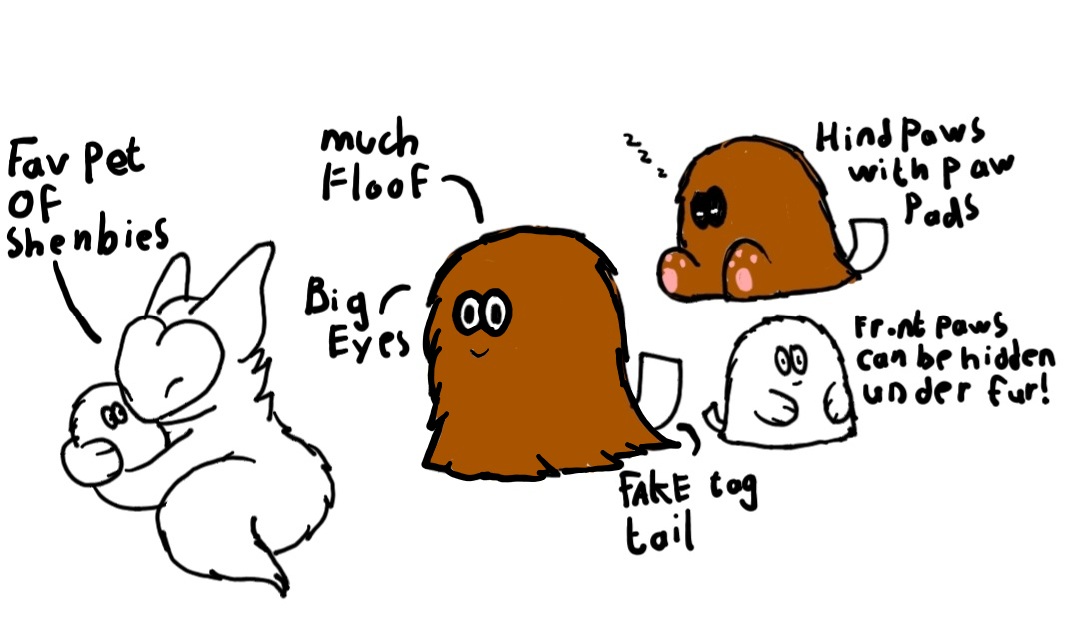
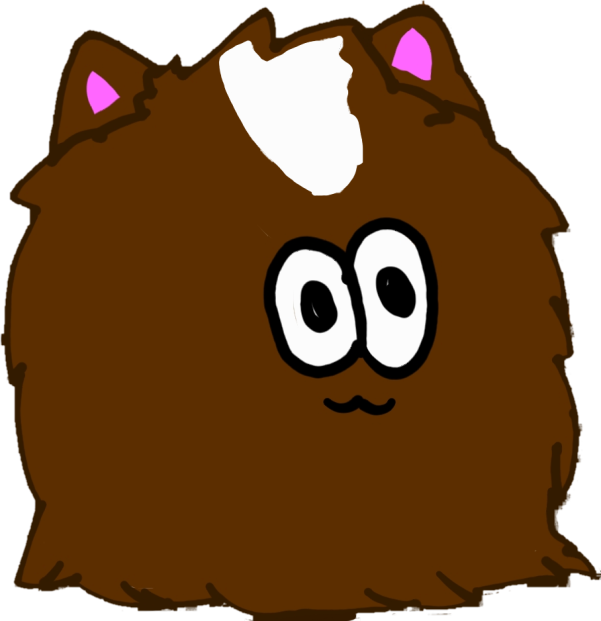 Tag tail is white body colors can be anything. Can have tiny cat ears poking above the fur.
Tag tail is white body colors can be anything. Can have tiny cat ears poking above the fur.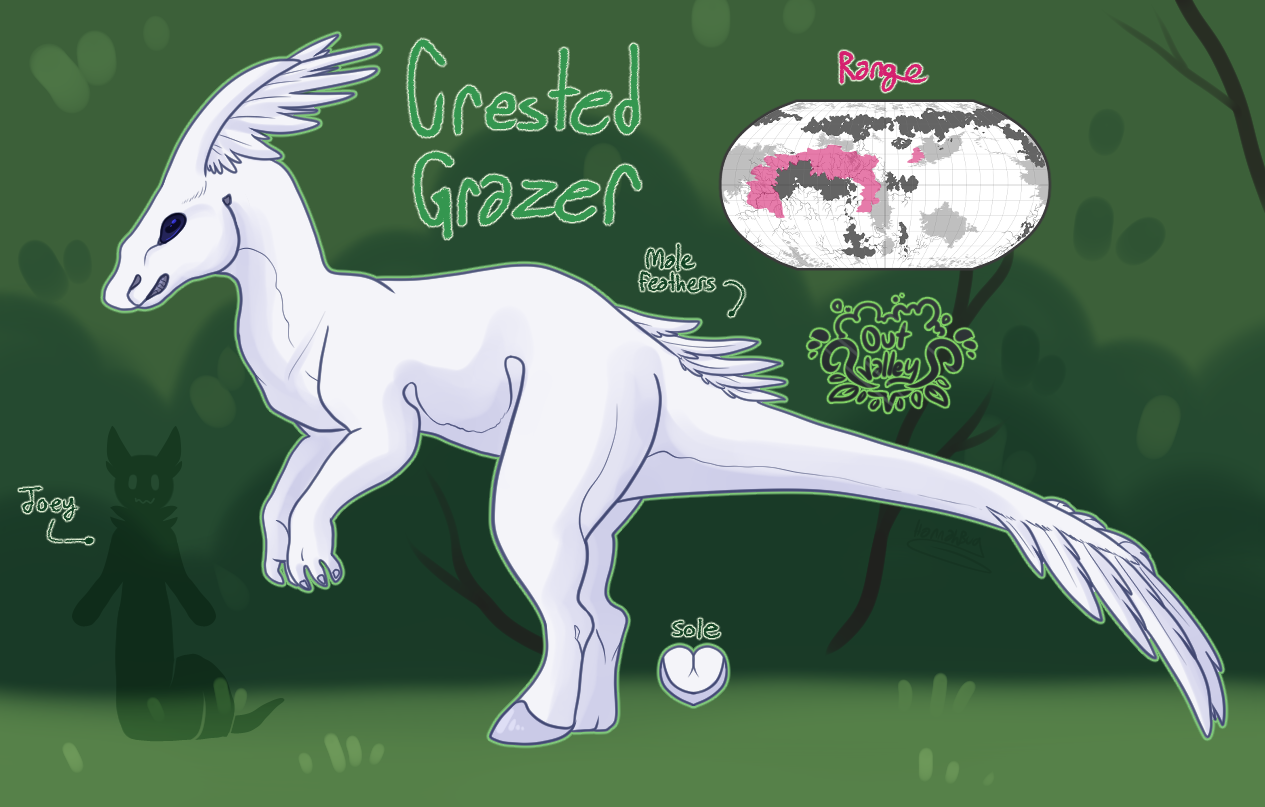
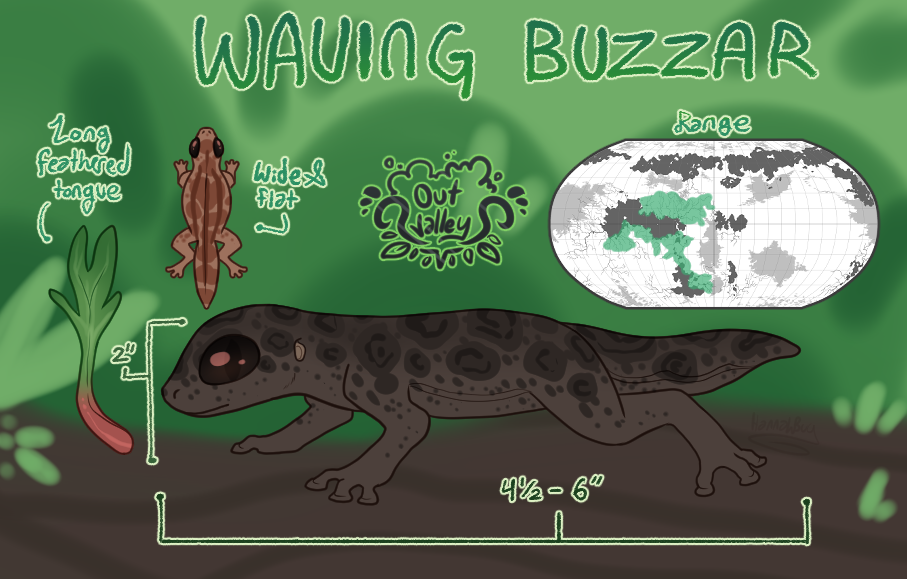
 [Sweetie Pie] Plural: Sweetie Pies. Genders: Monogender. Young: N/A. Collection: Shop
[Sweetie Pie] Plural: Sweetie Pies. Genders: Monogender. Young: N/A. Collection: Shop